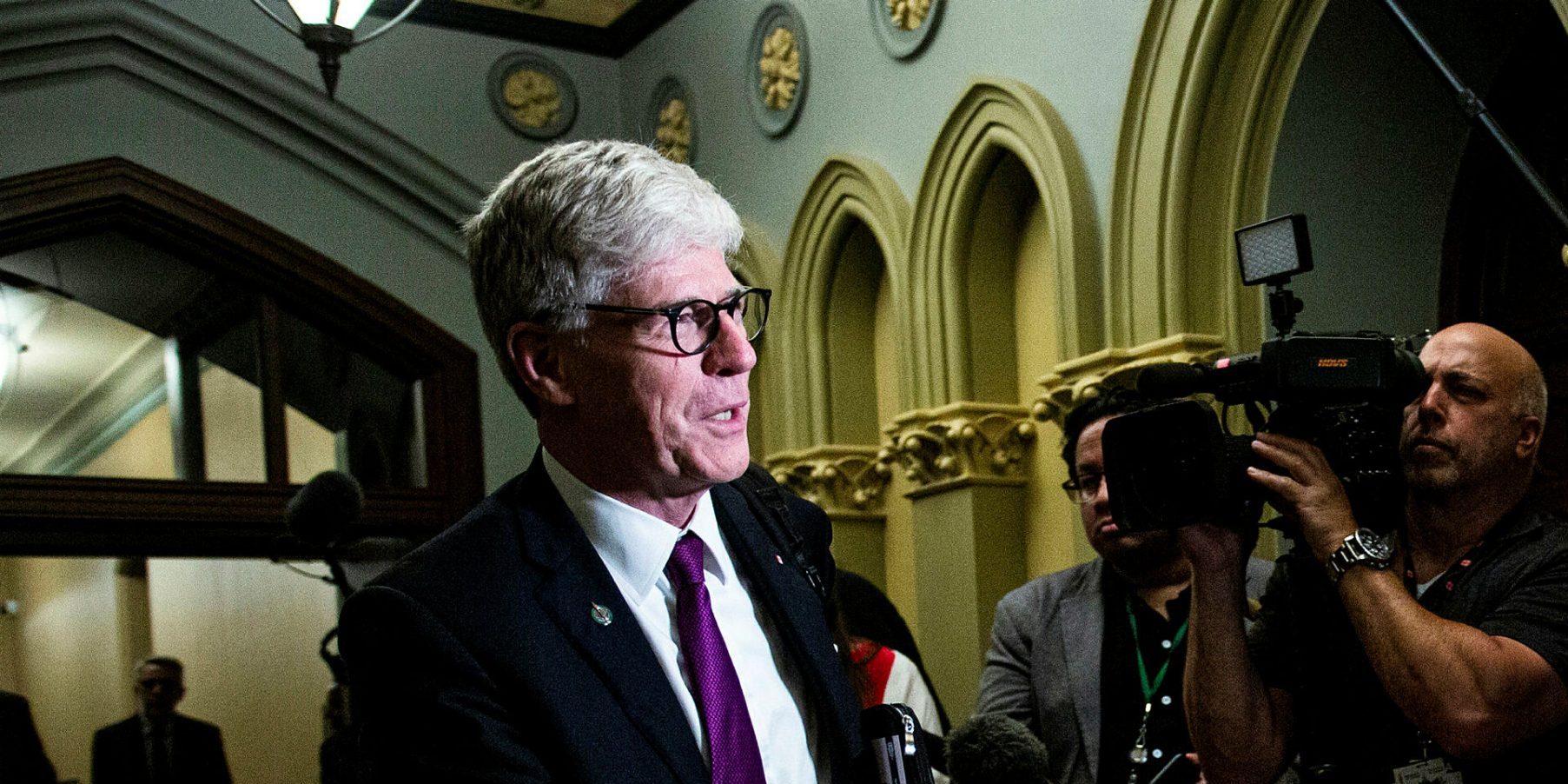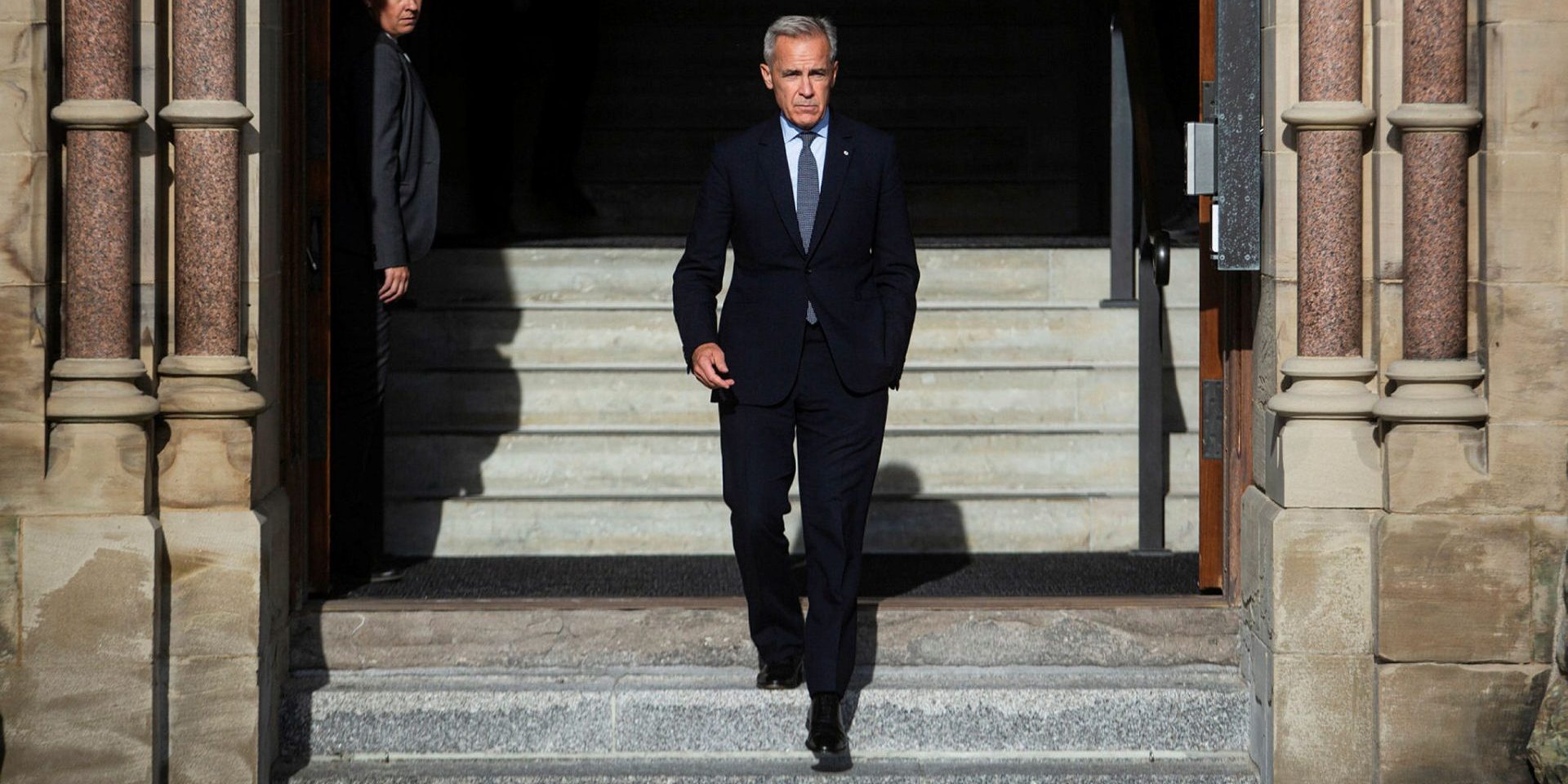A peek into the Rock’s political race

OTTAWA—You wouldn’t know it because it has been arguably one of the quietest political campaigns that anyone can recall in a while, but there is a general election happening in Newfoundland and Labrador. Voters go to the polls on Oct. 14 just after Thanksgiving weekend.
Equally strange, to date, halfway through the campaign, not one public opinion poll has been released. So, it is hard to get a true bearing on how the race is going. You can only imagine the level of tall tales of great political fortune and loss that exist in that vacuum.
The provincial Liberals have been in power since 2015. They are on their third premier, John Hogan, and they are seeking their fourth mandate. In other jurisdictions, that might mean change is inevitable; while anecdotally, there is some murmuring of change, it is unclear whether there is an outright shriek.
Hogan just became premier this past May, succeeding Dr. Andrew Furey. Hogan had previously served as a senior minister in that administration, and got into the provincial legislature by beating then-Progressive Conservative leader Ches Crosbie in the last provincial election. In Hogan’s brief tenure as premier, he has had some controversy to deal with around a departure allowance for retiring ministers, but, beyond that, most of his time in the office was focused on managing the wildfires that ripped through the province this past August. He also had the benefit of overseeing a very successful Canada Summer Games. Hogan’s major policy focus has been moving forward the memorandum of understanding (MOU) between Quebec and his province on the future of Churchill Falls—an agreement originally struck by Furey with Quebec Premier François Legault.
Unsurprisingly, the MOU has become a hot topic in Newfoundland and Labrador, though in the absence of opinion data, it is unclear whether it will be a primary vote driver among the base electorate. Former premier Danny Williams—still a polarizing figure in the province—and other prominent politicians as well as business leaders decry the deal, and say it is not in the province’s best interest to proceed. Other community and corporate leaders have come out in support of the MOU.
The current arrangement has conditional support of the provincial NDP, and two independents in the legislature. The Progressive Conservative opposition say they would put the agreement to the test of a public referendum to determine next steps.
While the high-level talk has been about Churchill Falls, the day-to-day policy announcements from each of the three main parties have focused on measures to address community safety, health care, and other affordability matters.
A word on Progressive Conservative Leader Tony Wakeham. He succeeded Crosbie and has proven to be an able politician, if not a bombastic one. Not unlike Crosbie before him, Wakeham has worked to rebuild relationships with the federal Conservatives that were non-existent during most of the Williams era. Wakeham is hoping that the successes the federal Conservatives had in the last national vote—going from one to three seats—are transferable, and that he holds or picks up many of the provincial districts represented in those three federal ridings. He needs people to want change—can he make them feel it?
Finally, NDP Leader Jim Dinn has done something no other provincial leader has done in recent memory: run a full slate of candidates in the province’s 40 districts. Dinn is likeable, but barring some bizarre plot twist, he might be able to take the NDP from its current seat count of two to a handful, and exercise some influence in the legislature, but not much more.
Going on Newfoundland and Labrador tall tales is not a safe way to predict an outcome here, so for now I am going to firmly sit on the fence. Ah, those splinters. Somebody give us a poll!
Tim Powers is chairman of Summa Strategies, and managing director of Abacus Data. He is a former adviser to Conservative political leaders.
The Hill Times






 LICENSING
LICENSING PODCAST
PODCAST ALERTS
ALERTS


